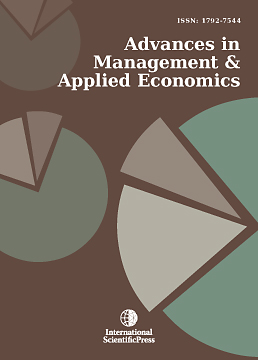Advances in Management and Applied Economics
Comparison and Analysis of the effects of Three Economic Transitions under the Dual-carbon Goal
-
 [ Download ]
[ Download ]
- Times downloaded: 569
Abstract
By comparing and analyzing the carbon emission effects of different economic transitions, we can gain an in-depth understanding of the differences between different economic transitions to help achieve the dual carbon goals, and then provide theoretical guidance for each region to formulate more accurate measures to achieve the dual carbon goals. This paper empirically compares and analyzes the effects of three major economic transitions (Low-Carbon Economy Transition, Energy Economy Transition, and Digital Economy Transition) in reducing carbon emissions. The results show that: (1) Low-Carbon Economic Transition, Energy Economic Transition, and Digital Economic Transition all have significant effects on suppressing carbon emissions, but there are differences in the degree of the impact, among which the energy economy transition has the most significant inhibitory effect on carbon emissions, and the low-carbon economic transition has a weaker inhibitory effect on carbon emissions. (2) Heterogeneity analysis shows that the digital economy transition and energy economy transition in the central region, the digital economy transition and the low-carbon economy transition in the western region all have significant effects on suppressing regional carbon emissions, while the three major economic transformations in the eastern region do not have a significant effect on suppressing carbon emissions. (3) The digital economy transition in high economic development regions promotes carbon emissions, and the low-carbon economy transition suppresses carbon emissions. The digital economy transition and energy economy transition in low economic development regions significantly reduce carbon emissions.
Keywords: Digital Economy Transition, Energy Economy Transition, Low-Carbon Economy Transition.
